The Economics Of Advertizing On The Daily Show With Jon Stewart
August 6, 2015 in Daily Bulletin

Jon Stewart is retiring from The Daily Show. Suzanne Vranica took a look at how much it cost to buy ad spaces on his show:
- While the show doesn’t have the largest audience, it is popular with wealthy left leaning youths which is a lucrative demographic.
- Usually 30 second spots on the show cost about $46,200.
- However during the show’s final episode that has spiked to $230,000.
- One of the buyers of a finale advertizing spot is Arby’s which Stewart has spent the last two years making jokes about, once saying that going there was for “when you’re wondering what it tastes like when a cow dies”.
- In the ad the restaurant chain will announce a new sandwich named after the show: “The Daily Deli”
Read more here.
Source: The Wall Street Journal
The finale of The Daily Show with Jon Stewart is tonight. You should watch it.
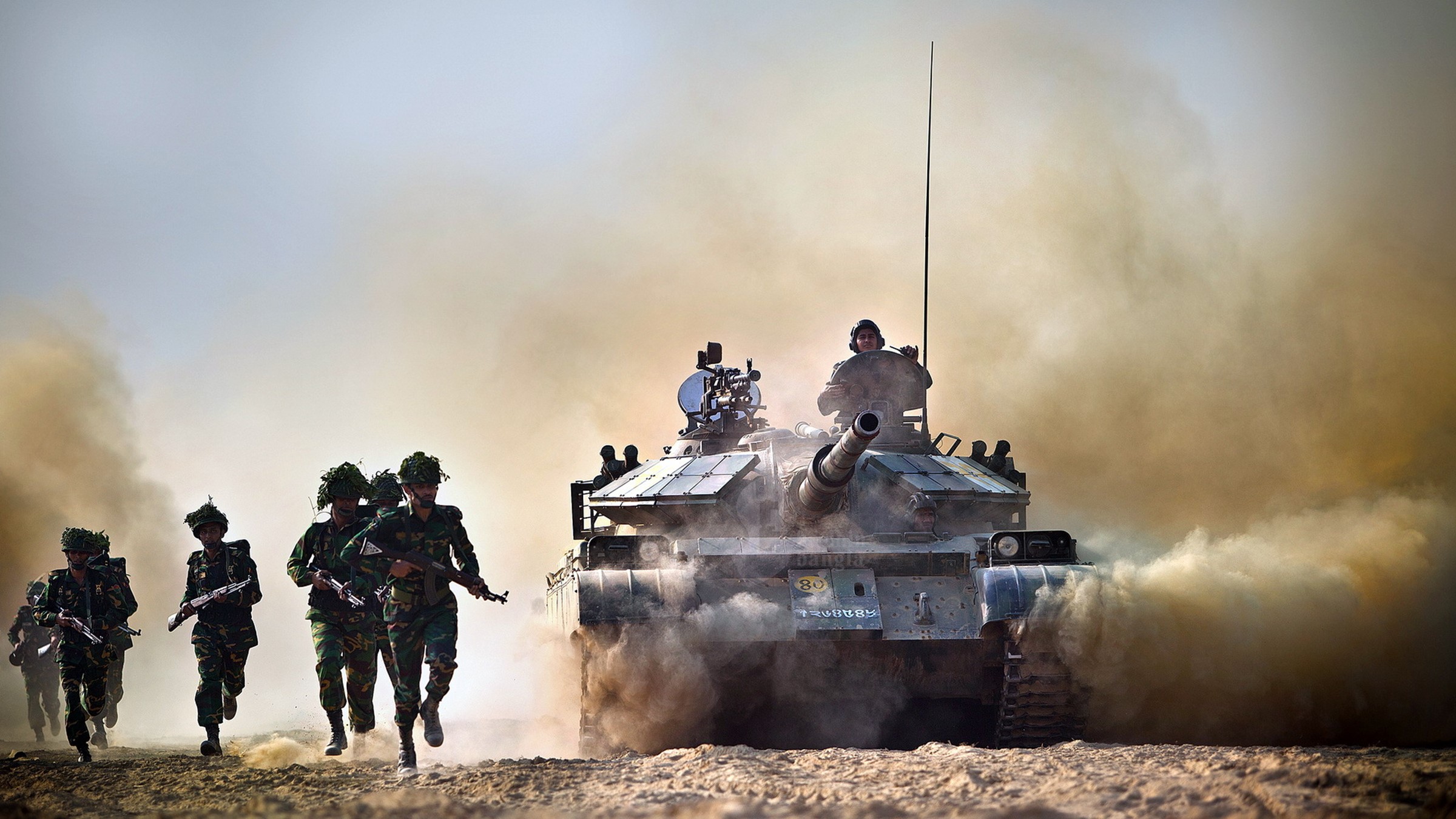
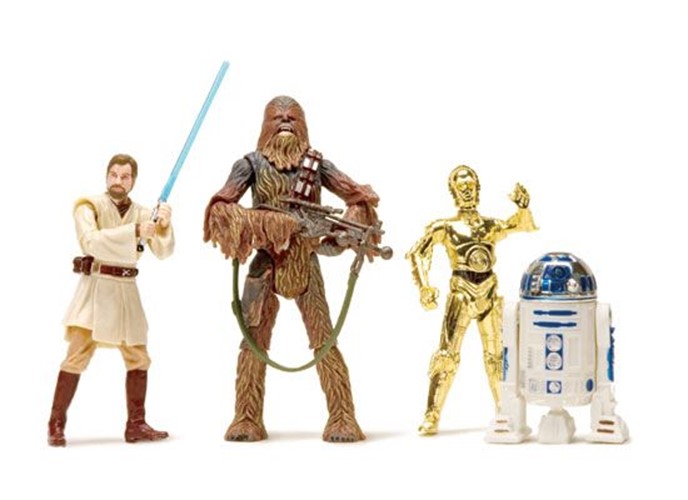


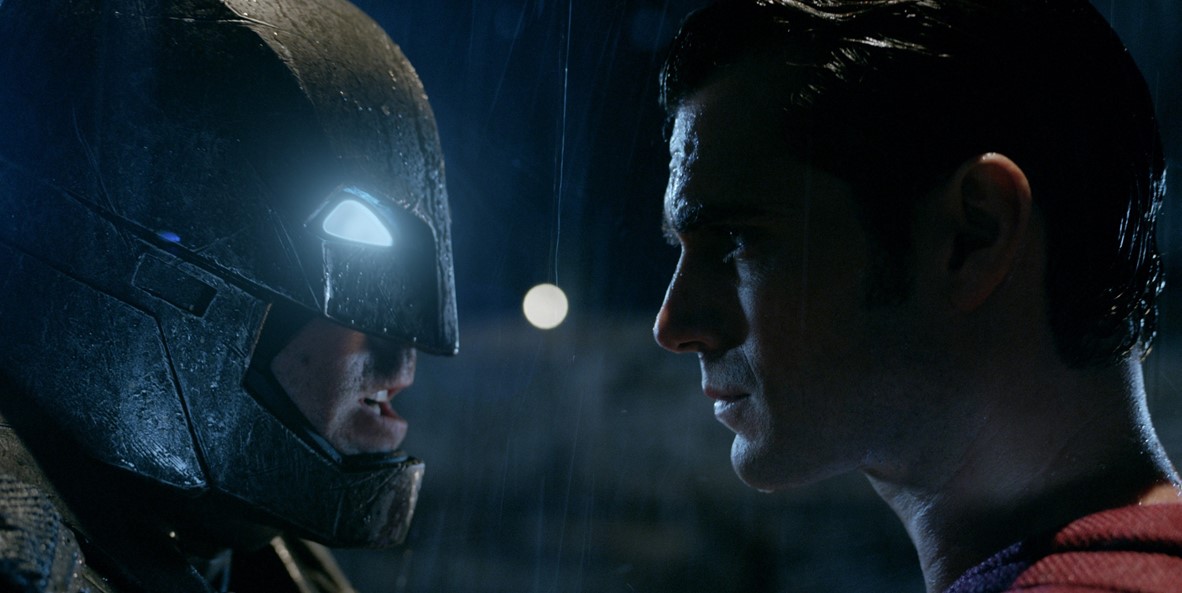
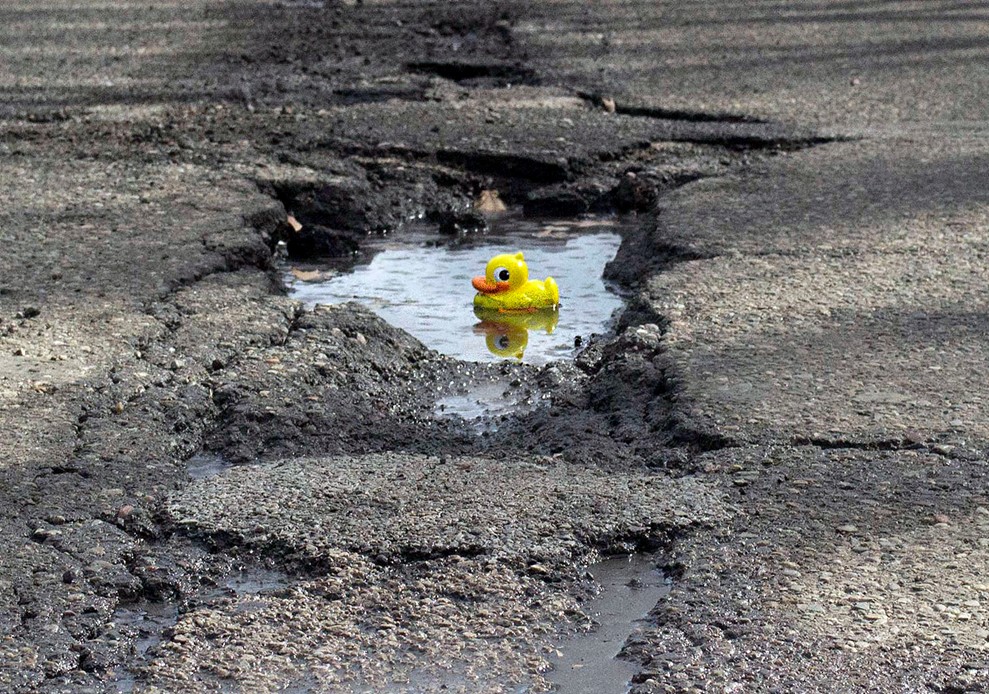


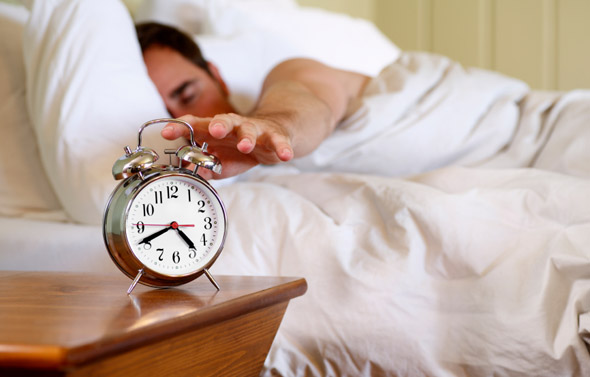
Join the Discussion! (No Signup Required)